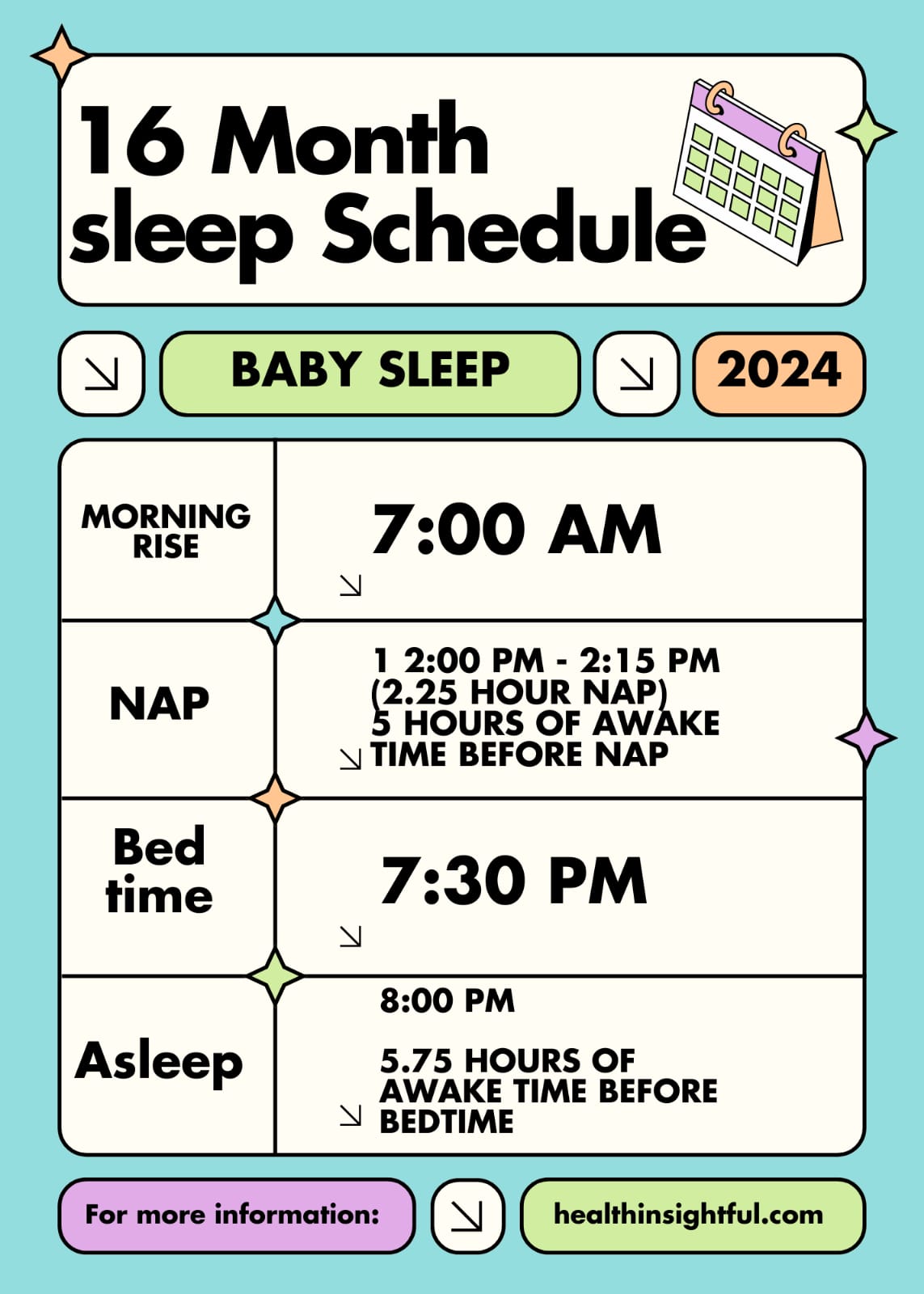The 2-year regression is perhaps one of the most daunting stages parents encounter because it is at this time that a toddler, who has been sleeping through the night, now apparently wages a fight against bedtime, wakes up persistently, or experiences nighttime wakings. Although sleep regressions indeed occur at other different developmental stages, this sleep regression at 2 years has characteristics that set it apart in its own way. It tends to happen around the same time as many other big developmental milestones in your toddler’s life, including newfound concepts of independence, learning what words mean, or maybe even transitioning into a “toddler bed” for the very first time. But take heart, for there are ways concerning how you may survive this particular time in your toddler’s development and even work to get them back on track.
What is the 2-Year Sleep Regression?
The 2-year regression is usually a period of time where a good sleeper suddenly has disrupted sleep patterns. In toddlers, cognitive, physical, and emotional growths are at their peak at this age; therefore, changes to sleep can be expected. Although it is a nightmare for both the parents and the toddler, it has to be put into perspective that this is a normal and temporary phase of development.
Symptoms of the 2-Year Sleep Regression:
- Opposing going to bed or requesting a late bedtime.
- Wake-ups throughout the night, even if child had been sleeping through.
- Problems get back to sleep after a wake up.
- Rising too much earlier in the morning.
- Day time irritability and tantrums due to lack of night’s sleep.
Causes of the 2-Year Sleep Regression
The best way to handle this regression is to understand the probable causes behind:
- Developmental Considerations: By two years of age, toddlers are in the middle of a spurt in regard to language development, problem-solving skills, and building their independence. These cognitive changes make resistance to bedtime resistive by testing limits and insisting on doing things independently.
- Separation Anxiety: Separation anxiety may strike hard at this age, making it hard for your child to fall asleep apart from a parent. Kids may wake up in the night in search of assurance that their parent is indeed really close by.
- Switching to a Toddler Bed: Typically, parents transfer their toddler from the crib onto a toddler bed when he is around two years of age. This new freedom may lead them to simply have difficulty staying in bed or even resisting bedtime.
- Nap Changes: Kids of this age are very often resistant to naps, or able to shorten them considerably. However, just because they might feel they can survive without a nap, being overtired truly results in a more interrupted nighttime sleep.
- Potty Training: By this age, parents start to try potty training. You then might have more wakings because your child wakes up to go to the bathroom or they are uncomfortable in a wet diaper.
Expert-Recommended Strategies for Surviving the 2-Year Regression
Although the 2-year regression may be considered one grueling phase, some sleep experts do have several recommendations on how to help you and your toddler survive this period. Here is how you can survive:
1. Stick with a Consistent Bedtime Routine
Consistency will help your toddler get accustomed to the changed sleep habit. Stick to a bedtime schedule that is predictable, including relaxing activities such as taking a warm bath, reading a book, or singing a lullaby. The structure and predictability of a routine can signal to your toddler that it’s time to go to bed and that he should begin to wind down.
2. Clearly yet Gently Set Limits
More independence means lots of limits testing, and that includes bedtime. That’s the time they make many “just one more” requests for a book, drink of water, or hugs. Sleeping experts say parents have to be very clear about the rules while being warm with the kids. For example, allow them a small bedtime routine; yet it must be performed each and every night. If they negotiate, inform them softly it is sleeping time now and act accordingly.
3. Comfort Separation Anxiety
Comfort a separation anxiety-prone toddler with extra comfort without making an association that he needs your presence to feel secure. You can also use a transitional object, such as a softie or soft blankie, when you leave the room that will give your child security while you are away. Another sleep expert trick: reassuring your toddler that you are near but do not extend interactions during wakings.
4. Make the Sleep Environment
Relaxing Make the sleep environment for your toddler sleep-friendly. For simplicity, it should be a cool, dark, and quiet room. If your toddler is moving to a toddler bed, make sure it is safe and comfortable, and that the bedrails are up if needed. You may want to use white noise to mask background noise that might wake them.
5. Watch Out for Naps
Nap time forms part of your toddler’s overall sleep pattern. While most toddlers rebel against this daytime sleep, it is very important that they get their due share of rest. This is where shortening the naps too quickly or giving them up too soon may make a child overtired and have adverse effects on night time since it will be even harder for your child to settle. Stick to a nap schedule that works with your toddler.
6. Approach Potty Training Night Wakings
If your toddler wakes up because of potty training, then place a potty beside the bed for their convenience. You can also ask your child to go to the bathroom just before bedtime so that night wakings can be minimized. If the nighttime accidents are more frequent, then use the training pants to keep your child dry and comfortable while sleeping.
7. Stay Calm and Patient
While said, calm and patience are the operative words during the 2-year regression. Chances are your toddler is frustratingly feeling the changes in his sleeping pattern, and all he needs is reassurance and patience from you. Of course, it will be worse for them to find that you too are getting irritated over the sleep issues; this may increase their anxiety or make them sleep-resistant. Contrarily, reassure them, soothe them; however do not bend the sleeping rules.
8. Give Your Toddler Choices
Sleep experts suggest giving toddlers a few choices in their sleep schedule within the boundaries to empower them. For example, let them choose which of the two pajamas they shall wear or select a story they intend to read during bedtime. Give them little areas that they can decide upon to help them comply at bedtime.
How Long Does the 2-Year Sleep Regression Last?
Fortunately, the 2-year regression, in general, does not last beyond a few weeks. In fact, most toddlers’ sleep regressions may last anything from two to six weeks, though for some it could be briefer or much longer, given other considerations such as spurt development growth, family dynamics, and changes in routine.
When to Seek Professional Help
If your toddler’s sleep regression has passed beyond six weeks or is causing severe disorder in his general health and well-being, then it is time for professional intervention. Look for help and support from a pediatrician or a pediatric sleep consultant on an individualized sleeping plan for your toddler.
Conclusion
Though surviving a 2-year regression is not a piece of cake, with some strategies and frame of mind, you are sure to pass through this temporary phase. Be consistent with following a routine, understand and be patient with developmental changes in your toddler, and offer comfort without creating sleep associations. Remember, this regression occurs in the normal course for your toddler to experience, and with good sleeping habits that you will have provided, they will get back into more restful sleep patterns.
You can survive the 2-year regression with expert advice and resilience, thus helping your toddler institute healthy sleep habits that will last.










